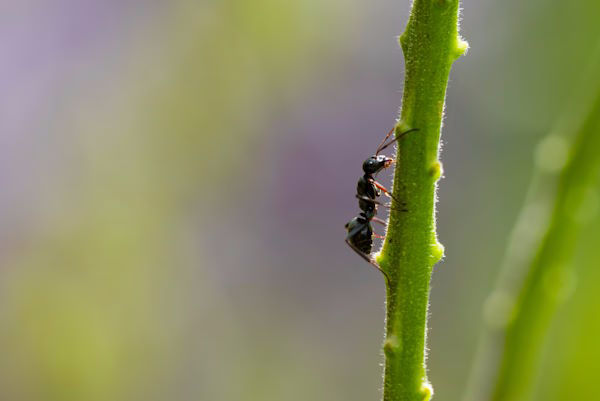The similarity between the newly found North Carolina ants and other preserved stem ants is “striking,” the researchers write, and their life spans would have overlapped with the earliest modern ant species. The researchers also looked at other fossilized ants covering about 100 million years of history.
Unlike most species on Earth, ants managed to avoid extinction during the Cretaceous-Paleogene mass extinction event about 66 million years ago. During that period, up to 80 percent of plants and animals were wiped out. Ants survived, however, and stem ants appear to have lived alongside more-modern ant types, a phenomenon called “faunal turnover.”
These overlaps occurred among other animals, such as theropod dinosaurs that are believed to have eventually involved into birds. But the researchers note that in most faunal turnovers, modern animals’ bodily structures end up looking different than their ancient counterparts.
Not so ants, whose body structures remained remarkably similar over the years. The similarity between extinct and modern ants suggests that their bodily structure “is capable of persisting across changing ecological niches and extinction events,” the researchers write.
It’s hard to figure out why ants went through faunal turnover instead of extinction and why stem ants died out while their modern counterparts ultimately lived. But other insect and arthropods also underwent faunal turnover, and the researchers hypothesize that faunal turnover may have occurred more often than mass extinctions among those creatures. Either way, they write, ants seem to have had “conclusive longevity” over hundreds of millions of years of history.











